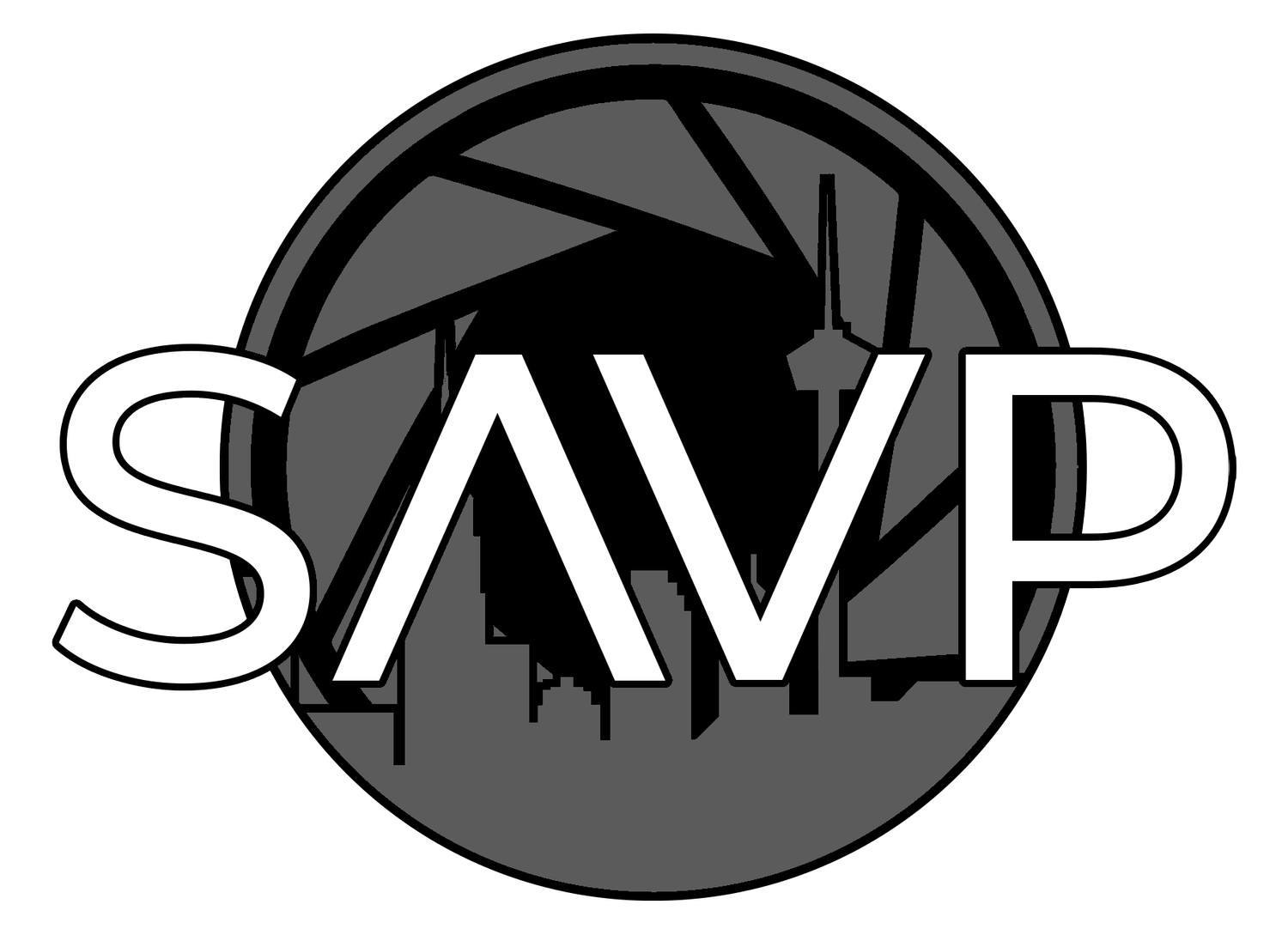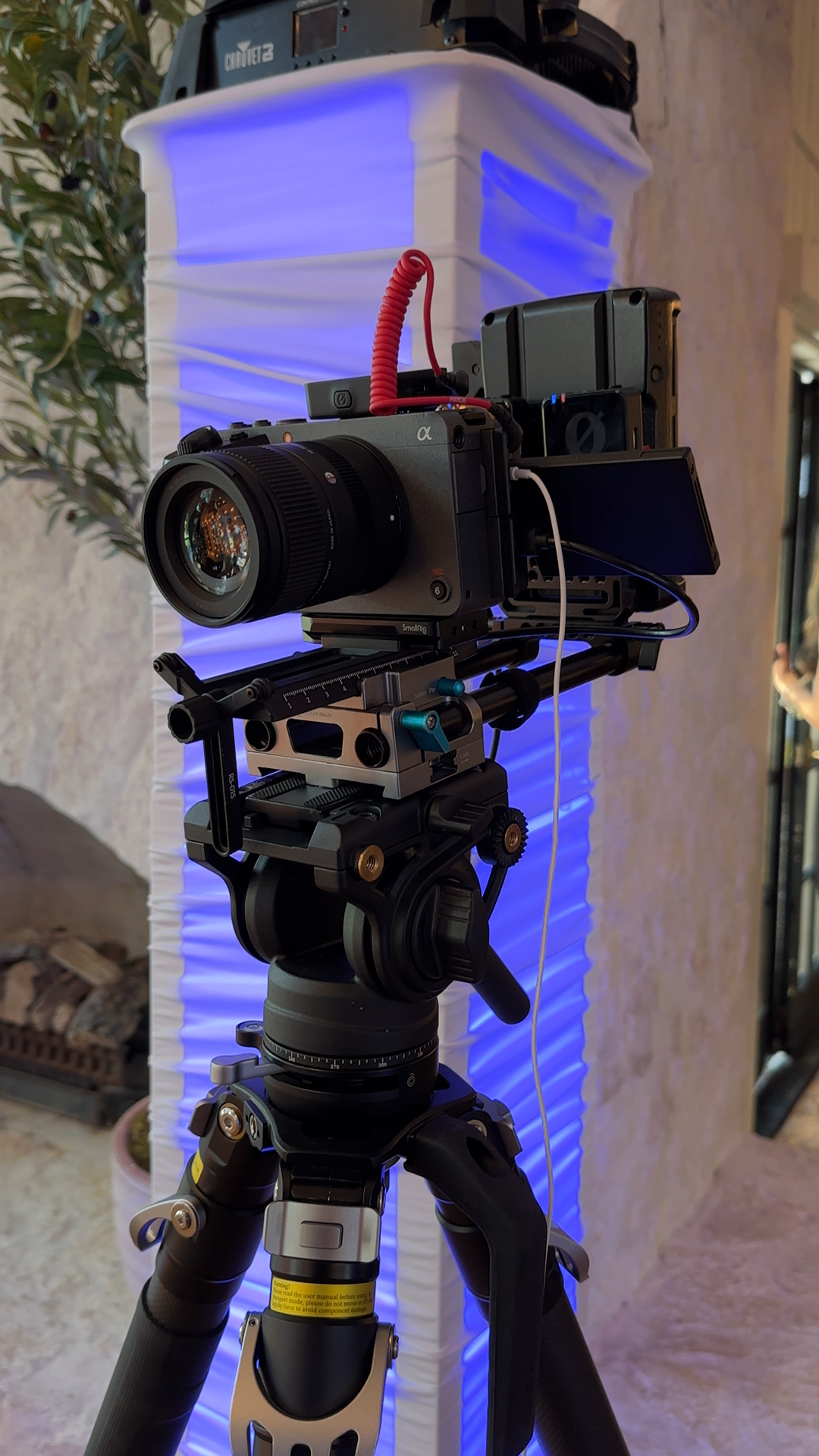The Game Changer: How a Multi-Cam Workflow Transforms Video Production
In the fast-paced world of video production, efficiency and creativity are key. One of the most effective ways to enhance both is through a multi-cam workflow. This approach not only saves time but also elevates the quality of your projects. Let’s dive into why adopting a multi-camera setup can be a game changer for your production process.
The Reality of Multi-Cam Workflows
Imagine a world where time is on your side during shoots. This isn’t just a dream; it’s the reality that a multi-cam workflow offers. By setting up multiple cameras, you can capture a variety of angles simultaneously, making the filming process smoother and more efficient.
At first glance, setting up multiple cameras might seem like a daunting task. However, the benefits of this setup quickly become clear once you’re rolling.
Less Downtime with Multi-Cam Workflows
One of the most significant advantages of a multi-cam workflow is the reduction in downtime. Traditional single-camera setups often require multiple takes to capture different angles, leading to longer shooting days. With a multi-camera setup, you can wrap up shoots quickly, capturing all the angles you need in one go.
This efficiency not only saves time but also helps to keep the energy high on set. When everyone knows that they can get the shots they need without endless retakes, it creates a more relaxed atmosphere.
Reduced Stress for Everyone Involved
Long filming days can be exhausting, especially when you're working with a single camera. The stress of getting the perfect shot can weigh heavily on directors, actors, and crew members alike. However, a multi-cam workflow alleviates some of that fatigue.
When you have multiple angles captured simultaneously, everyone involved can breathe a little easier. Directors can focus on performance rather than constantly worrying about whether they’ve got the right angle. Actors can relax, knowing that their best moments are being captured from various perspectives. This collaborative environment leads to better performances and a more enjoyable shooting experience.
More Options in Post-Production
Another compelling reason to adopt a multi-cam workflow is the creative freedom it offers during post-production. With multiple angles at your disposal, editors can craft a polished final cut without the need for reshoots.
This flexibility allows for greater creativity in the editing room. Editors can choose the best shots from different angles, ensuring that the final product is not only cohesive but also visually engaging. The result is a higher-quality production that resonates with audiences.
Elevating Production Quality
The efficiency gained from a multi-cam workflow elevates the overall production quality. When you can capture all the necessary angles in one shoot, it reduces inconsistencies that often arise from shooting at different times.
This consistency is crucial, especially for projects that require a high level of professionalism, such as corporate videos or promotional content. When viewers see a seamless, well-edited final product, it reflects positively on your brand and enhances your reputation in the industry.
How to Leverage a Multi-Cam Workflow in Your Projects
Now that you understand the benefits of a multi-cam workflow, how can you leverage this approach in your own projects? Here are some practical tips to get started:
Plan Your Shots: Before the shoot, take the time to plan out your shots. Knowing where each camera will be positioned and what angles you want to capture will make the setup process smoother.
Invest in Quality Equipment: Ensure that you have reliable cameras and equipment. While it’s essential to have multiple cameras, the quality of the equipment matters. Investing in good gear will pay off in the long run.
Communicate with Your Team: Make sure everyone on your team understands the multi-cam setup and their roles during the shoot. Clear communication will help the process run smoothly.
Embrace Flexibility: Be open to adjusting your plan as needed. Sometimes the best shots come from unexpected moments, so be ready to adapt.
Adopting a multi-cam workflow can significantly enhance your video production process. From reducing downtime and stress to providing more options in post-production, the benefits are clear. By embracing this approach, you can elevate the quality of your work and improve the overall experience for everyone involved.
So, how have you integrated multi-camera setups into your projects? Share your experiences and let’s continue this conversation about the future of video production.


